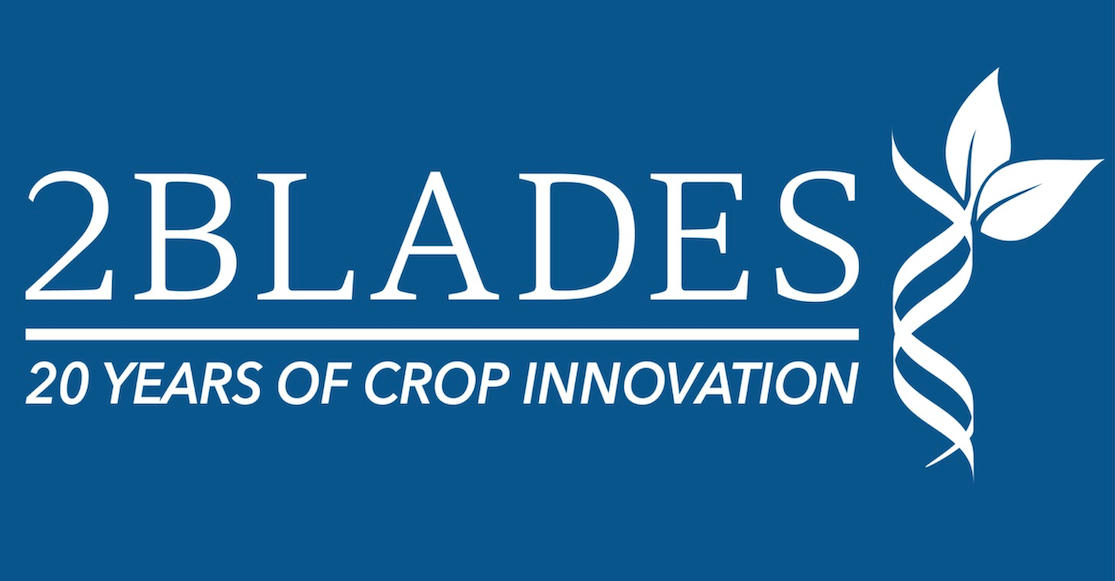An international team led by scientists at the Sainsbury Laboratory in Norwich have transferred broad spectrum resistance against some important plant diseases across different plant families. This breakthrough provides a new way to produce crops with sustainable resistance to economically important diseases.
Food insecurity is driving the search for ways to increase the amount of food we grow, whilst at the same time reducing unsustainable agricultural inputs. One way to do this is to increase the innate ability of crops to fight off disease-causing pathogens. Increased disease resistance would reduce yield losses as well as reduce the need for pesticide spraying.
Breeding programs for resistance generally rely on single resistance genes that recognise molecules specific to particular strain of pathogens. Hence this kind of resistance rarely confers broad-spectrum resistance and is often rapidly overcome by the pathogen evolving to avoid recognition by the plant.
However, plants have another defence system, based on pattern recognition receptors (PRRs). PRRs recognise molecules that are essential for pathogen survival. These molecules are less likely to mutate without harming the pathogen’s survival, making resistance to them more durable in the field. These essential molecules are common to many different microbes, meaning that if a plant recognises and can defend itself against one of these molecular patterns, it is likely to be resistant against a broad range of other pathogens.
Very few of these PRRs have been identified to date. Dr Cyril Zipfel and his group at the Sainsbury Laboratory in Norwich, UK, took a Brassica-specific PRR that recognises bacteria, and transformed it into the Solanaceae plants Nicotiana benthamiana and tomato.
“We hypothesised that adding new recognition receptors to the host arsenal could lead to enhanced resistance,” said Dr Zipfel.
Under controlled laboratory conditions, they tested these transformed plants against a variety of different plant pathogens, and found drastically enhanced resistance against many different bacteria, including some of great importance to modern agriculture such as Ralstonia solanacearum, the causal agent of bacterial wilt and a select agent in the United States under the Agricultural Bioterrorism Protection Act of 2002.
“The strength of this resistance is because it has come from a different plant family, which the pathogen has not had any chance to adapt to. Through genetic modification, we can now transfer this resistance across plant species boundaries in a way traditional breeding cannot,” said Dr Zipfel.
Published in the journal Nature Biotechnology, the finding that plant recognition receptors can be successfully transferred from one plant family to another provides a new biotechnological solution to engineering disease resistance. The Zipfel group is currently extending this work to other crops including potato, apple, cassava and banana that all suffer from important bacterial diseases, particularly in the developing world.
“A guiding principle in plant pathology is that most plants tend to be resistant to most pathogens. Cyril’s work indicates that transfer of genes that contribute to this basic innate immunity from one plant to another can enhance pathogen resistance,” commented Professor Sophien Kamoun, Head of the Sainsbury Laboratory. “The implications for engineering crop plants with enhanced resistance to infectious diseases are very promising.”
This research was funded by the Gatsby Charitable Foundation and the Two Blades Foundation, who have patented the technology on behalf of the inventors, and involved research groups from INRA/CNRS in France, the University of California, Berkeley and Wageningen University in the Netherlands.
 2Blades
2Blades